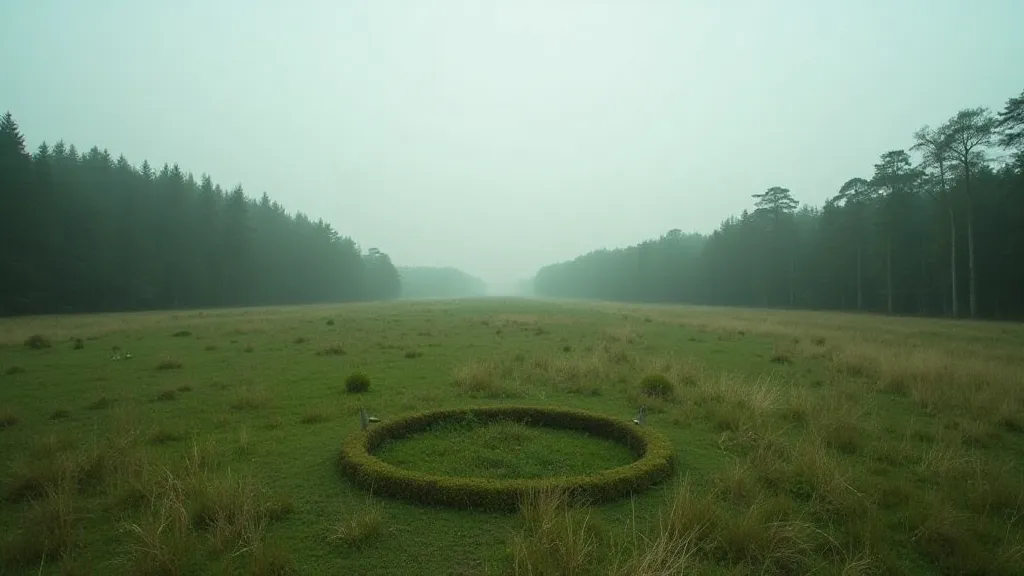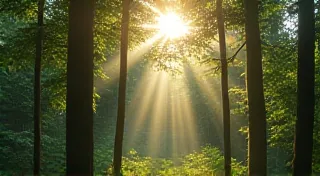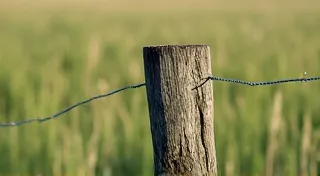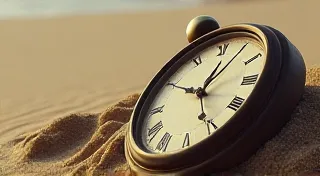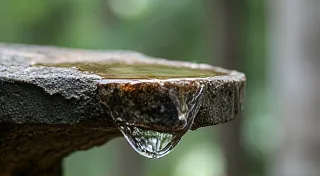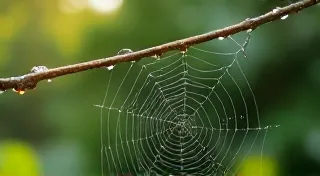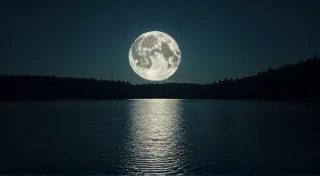Echoes of the Seed: Fairy Rings as Memory of Past Forests
There’s a particular feeling that comes with holding an antique accordion. It’s more than just the weight of the metal and wood; it's a resonance, a vibration that speaks of hands long gone, of dances and celebrations echoing through time. It’s a feeling of connection to a history you can almost taste. Similarly, standing within a fairy ring, that perfect circle of mushrooms sprawling across a field, evokes a deep, almost primal, sense of connection – a feeling that you are witnessing something ancient, something whispered about in the rustling leaves and the turning of the earth.
For centuries, these natural phenomena – circular patches of mushrooms, scientifically caused by the way certain fungi spread outwards – have captivated and terrified people. They’re known as fairy rings, elf circles, pixie rings, and by countless other local names. But beyond the folklore surrounding dancing fairies and mischievous spirits, is there a more profound truth about what these rings represent? I believe they hold a poignant memory – a tangible record of landscapes dramatically altered, a silent testament to forests lost.
The Folklore: A Veil of Superstition and Wonder
The folklore surrounding fairy rings is rich and remarkably consistent across cultures. In many parts of Europe, particularly in Scandinavia, Germany, and Britain, encountering a fairy ring was considered deeply unlucky. Children were warned not to step inside, lest they be spirited away to the fairy realm, forced into endless dances until they withered away. These rings were perceived as portals, thresholds between our world and the realm of the unseen. In some traditions, a ring appearing on a new moon predicted impending doom. Others believed that a single blade of grass growing within the ring was a powerful charm against ill fortune. There are stories of individuals who attempted to destroy fairy rings, only to suffer terrible consequences – crop failures, livestock death, or personal misfortune.
The beauty of these stories lies in their inherent fear and wonder. They reflect a time when humanity was profoundly aware of its smallness in the face of the natural world, a time when the boundaries between reality and imagination were far more porous. Imagine the fear of a medieval farmer, witnessing a perfect circle of mushrooms blooming in his field, unable to understand the scientific explanation, and instead attributing it to the capricious will of the fairies. The stories are powerful because they are born of genuine apprehension and a deep respect for the unknown.
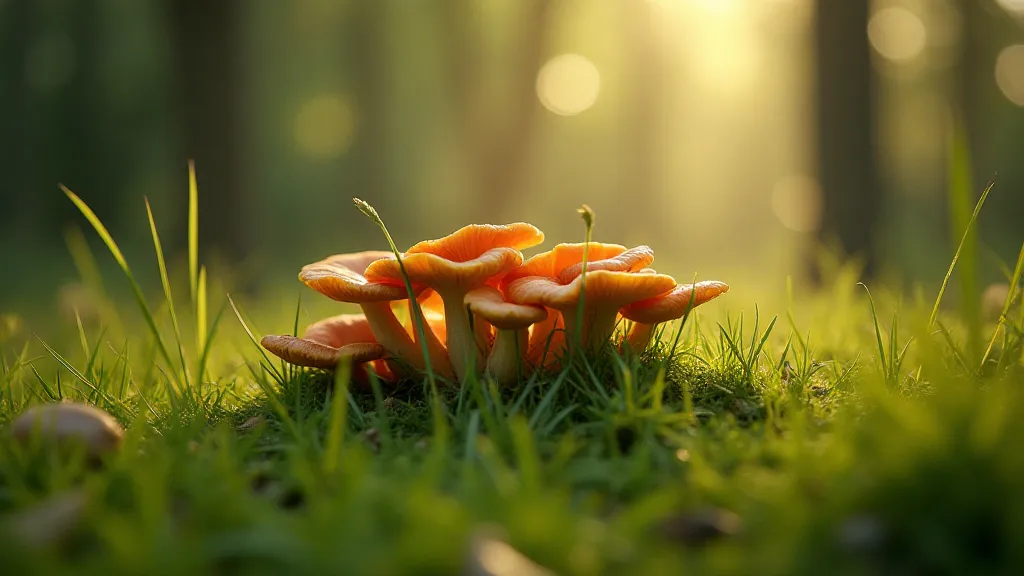
The Science & The Lost Forests
We now understand that fairy rings are caused by certain species of fungi – typically *Marasmius oreades* or *Circoporus atramentarius* – which spread outwards in a circular pattern as they consume organic matter in the soil. This outward growth inhibits the growth of other plants, creating the bare patch within the ring. But while science explains *how* they form, it doesn't fully address *why* they appear in such specific locations. This is where the connection to lost forests begins to emerge.
Consider this: fairy rings are frequently found in areas that are now grasslands or open fields, but which were once densely wooded. Historical records, coupled with analysis of pollen records and soil composition, often reveal that these regions were part of extensive forests centuries ago. As humans cleared land for agriculture and settlements, the forests were gradually fragmented and ultimately replaced by open landscapes. But the fungal mycelium – the vast network of thread-like structures that make up the fungus – remains beneath the surface. Deprived of a continuous supply of nutrients from the forest floor, it continues to spread outwards, marking the periphery of its former domain – a ghostly echo of the trees that once stood there.
The arrangement of the fairy ring often mirrors the original distribution of trees within the forest. Sometimes, you can even find evidence – old tree stumps or root systems – buried beneath the ring, confirming its connection to the lost woodland. In essence, the fairy ring isn's merely a circle of mushrooms; it's a living, fungal map of a vanished ecosystem.
Craftsmanship in Nature: A Metaphor for Human Endeavor
There’s a parallel here, I think, to the craftsmanship found in antique accordions. These instruments are testament to the skill and ingenuity of the artisans who built them. Each bellows, each reed, each key represents countless hours of meticulous work. Yet, time takes its toll. The leather cracks, the metal corrodes, the wood warps. Restoration is often a delicate balance – preserving the original integrity of the instrument while ensuring its continued functionality. You're not simply repairing an accordion; you’re preserving a piece of history, a connection to the person who built it and the people who played it.

Similarly, the fairy ring is a testament to the enduring power of nature. It’s a reminder that even as landscapes are transformed by human activity, the underlying ecological processes continue, albeit in altered forms. The mushrooms themselves are short-lived, ephemeral. But the fungal mycelium persists, patiently marking the boundaries of a lost world. It takes a keen eye, a willingness to look beneath the surface, to appreciate the beauty and the significance of these natural formations.
A Silent Testimony
Standing within a fairy ring today is more than just a folklore experience; it’s an act of remembrance. It's a chance to connect with the past, to contemplate the profound changes that have shaped our landscapes. The ancient beliefs surrounding fairy rings – the fear, the wonder, the respect – were born of a deep understanding of the power and mystery of the natural world. By appreciating the science behind these formations, while acknowledging the rich tapestry of folklore that surrounds them, we can gain a deeper appreciation for the fragility of ecosystems and the importance of preserving what remains. The fairy ring isn’t just a circle of mushrooms; it's a silent testimony to a forest that once was, a memory etched into the earth, waiting to be rediscovered.
